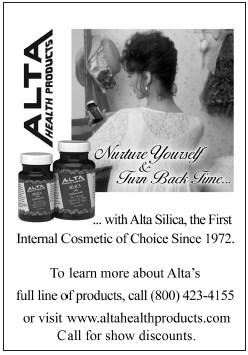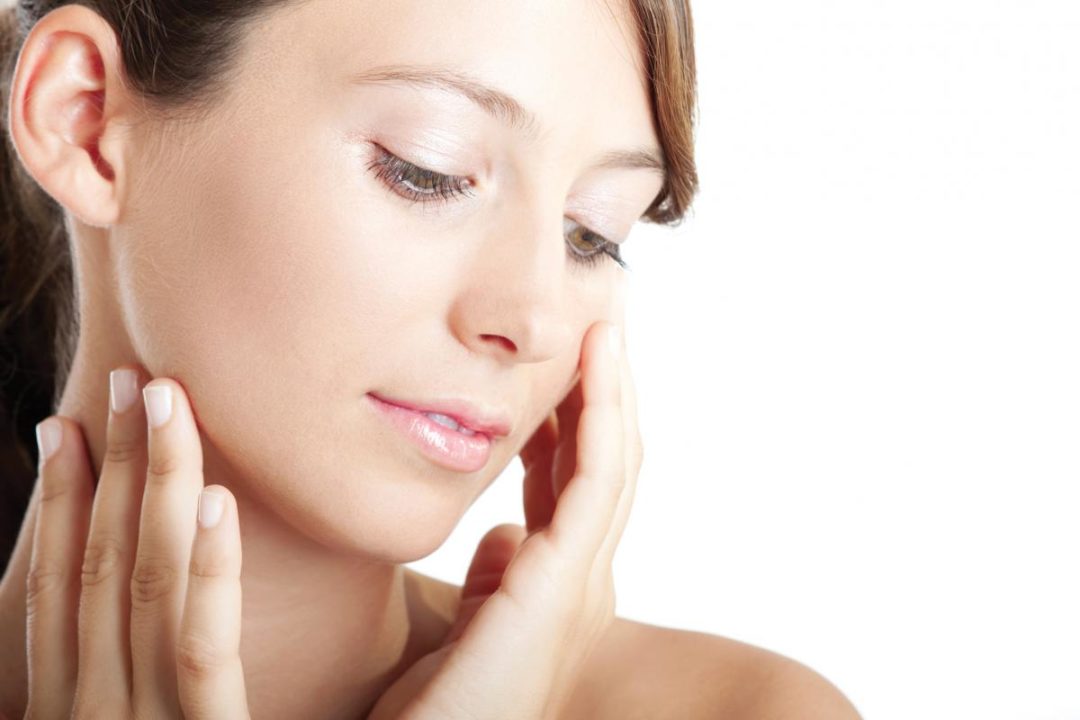Did you know an estimated 85% of individuals 12–24 years of age suffer from acne? Not only does this number appear to be rising, but acne is affecting an older demographic as well with an estimated 50% of adult women and 25% of adult men suffering from it at some point in their lives.
In the fight to clear blemishes, customers turn to an array of prescription and/or over-the-counter treatment products, but are often left dissatisfied with the results that can lead to dry, irritated skin that is still prone to future breakouts. Teach them that there are other options. Teach them that the natural approach may be the best approach to achieving clear, healthy and balanced skin.
How Herbs Can Help
To help clear blemishes without common side effects, reduce redness and calm and balance skin, it is essential to look for skincare products that are rich in gentle yet effective herbs that have been scientifically proven effective on blemish-prone skin. Traditionally used for medicinal purposes, herbs such as Tea Tree, Willow Bark, Rosewood, Lavender and Chamomile are powerful natural actives that are proven to help promote clear, healthy skin.
Tea Tree (Melaleuca alternifolia)
 • Contains powerful antiseptic and antibacterial properties to help clear skin and prevent breakouts.
• Contains powerful antiseptic and antibacterial properties to help clear skin and prevent breakouts.
• A clinical trial conducted in Australia evaluated Tea Tree Oil as a treatment for acne. After three months, the Tea Tree was as effective as benzoyl peroxide in relieving patients’ acne with significantly fewer side effects (1).
Willow Bark (Salix alba)
• The natural source of salicylic acid that is a common ingredient in over-the-counter blemish-fighting products has been used for at least 2,000 years in herbal medicines.
• In topical applications, it can help remove dead skin tissue, unclog pores and make the removal of debris and toxins possible. It also has a mild drying effect that can benefit those who suffer from very oily skin.
Rosewood (Aniba rosaeodora)
• Helps reduce sebum production, stimulate new skin cell growth and balance both dry and oily skin.
• Acts as both an antiseptic and an astringent.
Lavender (Lavandula angustifolia)
• Contains astringent and antibacterial properties to help effectively fight problem skin conditions such as blemishes, cuts and scrapes (2).
• Helps reduce redness and irritation, and calm skin.
Chamomile (Matricaria recutita)
• Strong anti-inflammatory properties make it ideal for helping reduce dryness, itching, redness, sensitivity and irritation (2).
• Provides a soothing, calming and relaxing effect that helps diminish skin discomfort.
Balance Skin
Because blemishes and breakouts can also be the result of excessive bacterial activity, be sure to cleanse skin two to three times a day, preferably with lukewarm water and a gentle antibacterial cleanser to keep bacteria under control. Moisturize with a product formulated to balance yet hydrate the skin. Breakouts do not occur because of excess moisture supplied to the skin through a facial moisturizer; they are a result of skin that is not balanced. Follow with a spot blemish treatment rich in antifungal, antibacterial and anti-inflammatory properties to help effectively resolve any blemishes that do occur. Additionally, exfoliate regularly to prevent the build-up of old skin cells and stimulate new cell growth. Cellular turnover is essential for healthy, balanced and clear skin.
Healthy Lifestyle
Since hormonal activity, nutrition and internal health can also contribute to the formation of blemishes, try making healthy lifestyle adjustments. To help prevent hormonal fluctuations and ease stress, exercise regularly, meditate, do yoga and get a good night’s sleep. Because food can trigger the occurrence of pimples, nourish the body and the skin by eating a balanced diet with fresh fruits and vegetables, and always remember to hydrate. Drink eight glasses of water a day to help skin stay hydrated and able to dispose of toxins. WF
References
1. I.B Basset, D.L. Pannowitz and R.S. Barnetson, “A Comparative Study of Tea Tree Oil Versus Benzuoylperoxide in the Treatment of Acne,” Med. J. Australia 153 (1990), 455-458.
2. J. Gruerwald, et al., PDR for Herbal Medicines Fourth Edition (New Jersey: Thomson Healthcare Inc., 2007).
Linda Miles, L. Ac., D.O.M., is a Doctor of Oriental Medicine and Holistic Practitioner who has developed high-performance natural personal care products for over 30 years.
 Published in WholeFoods Magazine, August 2011
Published in WholeFoods Magazine, August 2011
Sponsored by









